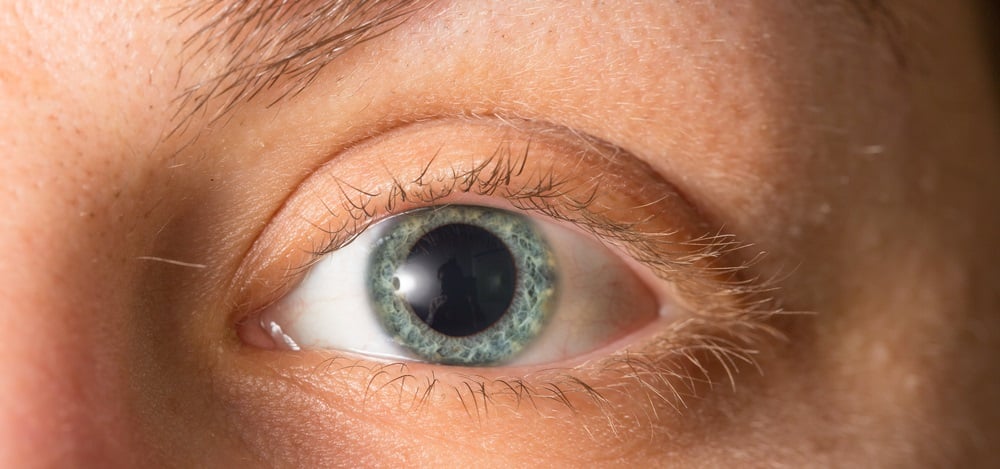

Initially, the tonic pupil appears larger than the unaffected eye. Typical patients with Adie tonic pupil present with incidental finding of anisocoria. The ciliary ganglion can also be affected in other systemic autonomic or peripheral neuropathies to result in the tonic pupil such as Ross syndrome and Harlequin syndrome (Shin, 1841) Diagnosis Exam However, a tonic pupil can also be caused by viral infection, trauma, vasospasm due to migraine, ocular surgery, and tumors, among other potential causes. Most cases of the tonic pupil are idiopathic and referred to as the Adie tonic pupil. Roughly 80% of cases are unilateral but can become bilateral (4% chance per year). The tonic reaction is the result of the iris sphincter supersensitivity to acetylcholine. As a result, patients develop Light-Near dissociation of the pupil by which the near accommodation produces more miosis compared to response to light, the reaction which is tonic. However, the reinnervation process is often aberrant and fibers intended for the ciliary body may end up targeted to the pupil, a process known as aberrant regeneration (McGee, 171). After damage to the ciliary ganglion occurs, a process known as denervation supersensitivity occurs by which postsynaptic receptors are upregulated to facilitate reinnervation. Typically, there are 30 times the number of axons supplying the ciliary body compared to those for the iris. The parasympathetic fibers of the eye travel with the third cranial nerve to synapse at the ciliary ganglion before innervating the iris and the ciliary body. (Thompson 618) General Pathologyĭamage to the parasympathetic ciliary ganglion may result in a tonic pupil. While 80 percent of Adie tonic pupils are unilateral, bilateral involvement typically has an incidence of 4 percent per year. However, it may be noted that the tonic pupil was initially described in 1931 nearly synchronously by Adie, Morgan, Symonds, and Holmes in (2-4) EpidemiologyĪdie tonic pupil has a prevalence of population and occurs in a 2.6:1 female to male ratio with an average age of onset of 32 years (Thompson, 590). The entity is named after William John Adie, an Australian neurologist who extensively described the features.

#UNILATERAL BLOWN PUPIL FULL#
Patients may also present with decreased deep tendon reflexes in the full Holmes-Adie Syndrome. Constriction is typically more notable with the near reaction and typically remains tonically constricted with slow re-dilation with segmental paralysis of the iris sphincter. The affected pupil, either unilateral or bilateral typically initially appears abnormally dilated at rest and has poor or sluggish pupillary constriction in bright light. Tonic Pupil ICD-10: H57.051 (right), H57.052 (left), H57.053 (bilateral)Īdie tonic pupil, known as Adie’s Syndrome or Holmes-Adie Syndrome, is a disorder in which there is parasympathetic denervation of the afflicted pupil resulting in a poor light but better and tonic near constriction. 2.4 Differential diagnosis and additional tests.


 0 kommentar(er)
0 kommentar(er)
